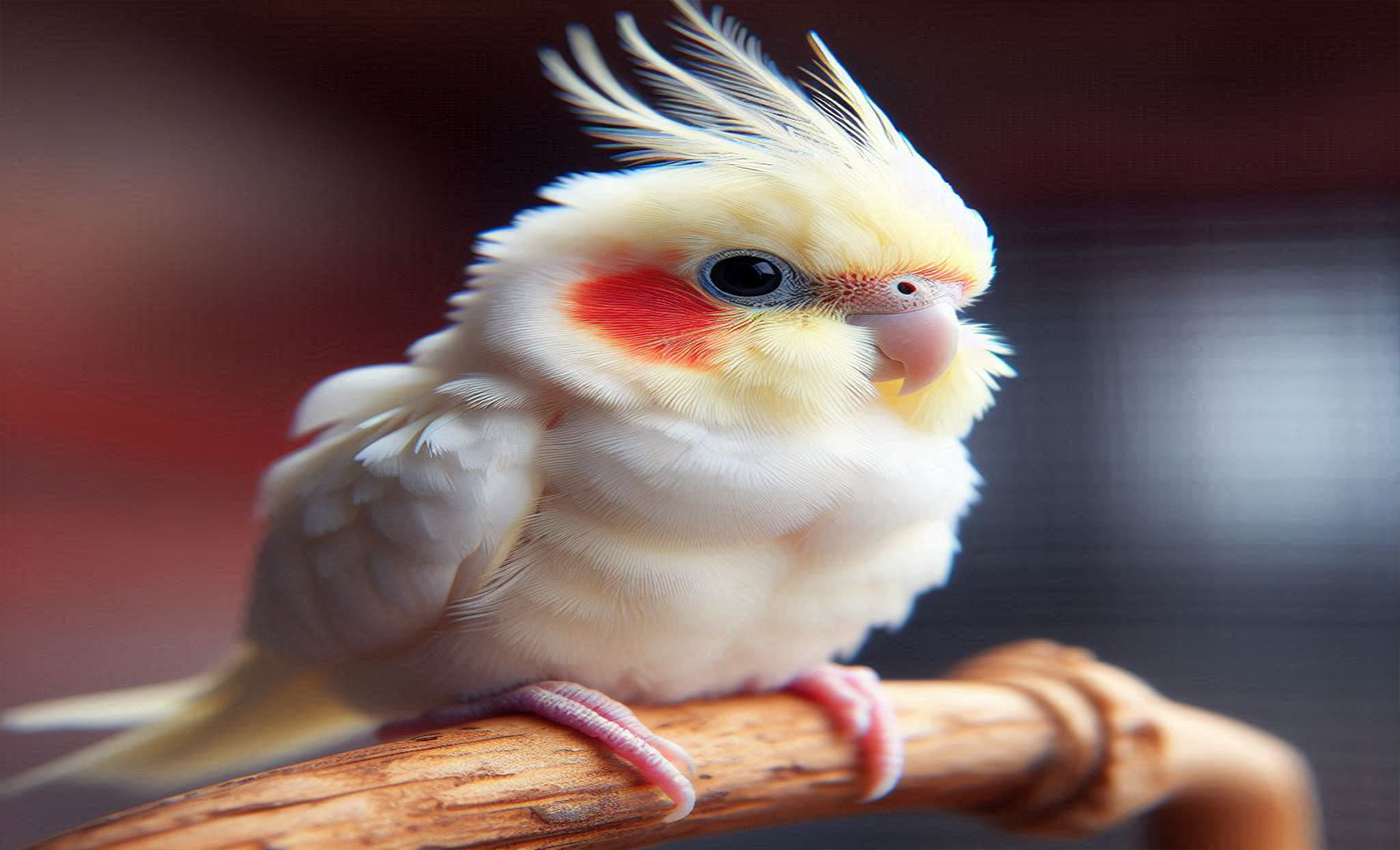Physical Characteristics
Size and Appearance
The Corella parrot is petite, weighing approximately 100 grams (3.5 ounces) with a body length of about 30 cm (12 inches). Its plumage is primarily dark gray, with darker wings and tail feathers. Males typically exhibit brighter colors and may have yellow crests and small brown spots on their cheeks.
Distinctive Traits
One of the most distinctive features of the Corella parrot is its expressive crest, which can indicate its mood or level of curiosity. These birds are known for their playful demeanor and can be quite expressive through their vocalizations and body language.
Behavior and Social Traits
Intelligence and Sociability
Corella parrots are highly intelligent and social birds. They have a knack for mimicking sounds, including human speech and melodies, making them entertaining companions. They thrive on interaction and bond closely with their owners, often seeking attention and affection.
Personality Traits
While Corella parrots are affectionate and playful, they can also display a sensitive and sometimes capricious temperament. They may become upset if their routines are disrupted or if they feel neglected. Proper socialization and positive reinforcement can help mitigate any behavioral issues.
Habitat and Distribution
Native Habitat
Corella parrots are native to various regions of Australia, where they inhabit open woodlands, grasslands, and scrublands. They are adaptable birds, capable of thriving in both rural and urban environments.
Diet in the Wild
In their natural habitat, Corella parrots feed on seeds, grains, fruits, and vegetation. They have strong, curved beaks designed for cracking open nuts and seeds, which form a significant part of their diet. In captivity, a diet rich in fresh fruits, vegetables, high-quality pellets, and occasional nuts or seeds is recommended.
Care and Maintenance
Housing Requirements
To ensure the well-being of a Corella parrot, provide a spacious cage that allows for plenty of room to move and stretch their wings. Provide them perches of different sizes and textures to promote foot and physical health. A cage with a secure door and a removable tray for easy cleaning is essential.
Enrichment and Social Interaction
Corella parrots thrive on mental stimulation and social interaction. Provide toys, puzzles, and climbing structures to keep them engaged and prevent boredom. Regular interaction with their owners, including talking and playing, is crucial for their mental and emotional health.
Conservation Status
Conservation Concerns
While Corella parrots are not currently considered endangered, their populations can be affected by habitat loss and the pet trade. Conservation efforts focus on preserving their natural habitats and promoting responsible breeding practices to maintain healthy captive populations.
Legal Protection
The export of Corella parrots from their native Australia is strictly regulated to prevent depletion of wild populations. They are also protected under international wildlife trade agreements to ensure their continued survival in the wild.
Frequently Asked Questions (FAQs)
1. Are Corella parrots good pets for beginners?
Corella parrots can make excellent pets for bird enthusiasts willing to invest time and effort into their care. Due to their intelligence and social nature, they require regular interaction and mental stimulation, making them more suitable for experienced bird owners.
2. How can I prevent my Corella parrot from becoming bored?
To prevent boredom, provide a variety of toys, puzzles, and interactive games that challenge their cognitive abilities. Rotate toys regularly to keep them interested, and spend quality time interacting with your Corella parrot through talking, training, and play.
3. What should I feed my Corella parrot?
A balanced diet for Corella parrots should include high-quality pellets formulated for cockatoos, fresh fruits (such as apples, grapes, and berries), vegetables (including leafy greens and carrots), and occasional nuts or seeds as treats. Fresh water should always be available.
4. How long do Corella parrots live?
With proper care, Corella parrots can live up to 20 years or more in captivity. Providing a nutritious diet, regular veterinary check-ups, and a stimulating environment can contribute to their longevity and overall well-being.
5. Are Corella parrots noisy?
Corella parrots can be vocal, especially during morning and evening hours. While they are not as loud as some larger parrot species, they can mimic sounds and vocalize to communicate with their owners. Proper training and interaction can help manage their vocalizations.
Conclusion
The Corella parrot, with its endearing personality and compact size, is a delightful companion for those willing to provide the care and attention it requires. Whether you are attracted to their playful antics or fascinated by their ability to mimic speech, owning a Corella parrot can be a rewarding experience. By understanding their needs, providing a stimulating environment, and supporting conservation efforts, you can enjoy the company of these charismatic birds while contributing to their conservation and well-being in the wild.

Post Comment